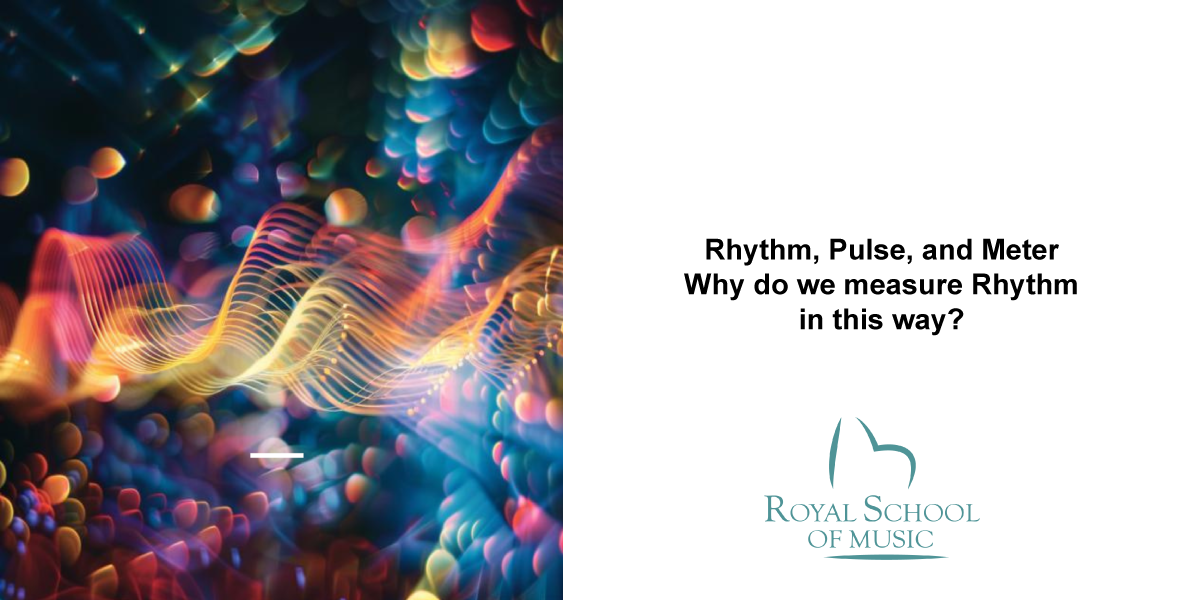Why do we measure rhythm in this way?

Why do we measure rhythm in this way? How is rhythm measured in music?
We measure rhythm in music using concepts such as pulse, rhythm, and meter because it is fundamental for creating a coherent and understandable structure for both performers and listeners. Here are several reasons that explain the importance of measuring rhythm in this way:
Rhythm is a way of creating patterns in time
-
Standardization and Communication
Measuring rhythm through pulses and meters provides a common language for musicians from different cultures and traditions. This facilitates communication among composers, performers, and conductors. For example, when a musician reads a score, they can quickly understand the expected tempo, dynamics, and texture without needing to hear the piece.
-
Coordination in Group Performance
In ensemble contexts such as bands, orchestras, or choirs, the measurement of rhythm helps synchronize the musicians. Each member of the group can follow the same time frame, which is crucial for cohesion and accuracy during performances. This prevents desynchronization and ensures that all performers are on the same page.
-
Interpretation and Expression
Rhythm, especially when organized into measures, allows musicians and listeners to anticipate and react to rhythmic patterns, which affects the emotional expression of the music. Changes in meter can provoke surprise and maintain the listener’s interest, while regular rhythms provide a foundation upon which musical tension can be built and varied.

-
Foundation for Improvisation and Creativity
Understanding and utilizing defined rhythmic structures allows musicians to improvise effectively. Jazz musicians, for example, rely on standard meters and rhythmic forms as frameworks for their improvisations. This enables them to create music spontaneously while maintaining a structural base that is comprehensible to other musicians and the audience.
-
Development of Technical Skills
Practicing with a focus on rhythm and meter helps musicians develop technical precision, sight-reading skills, and a deeper understanding of the music they perform. These aspects are fundamental for any musician, regardless of the style or musical genre they practice.
-
Musical Analysis
From an academic perspective, the ability to break down a composition into its rhythmic elements facilitates musical analysis. Musicologists and theorists use meter and rhythm to better understand the structure of pieces, their historical and cultural context, and to communicate their findings and theories clearly.
In summary, measuring rhythm in a precise and structured manner is crucial for musical performance, theory, education, and appreciation. It provides the foundation on which all other elements of music can be explored and appreciated.
In the next blog, we will explain Rhythm, Pulse, and Meter.
If you have any questions or want to start learning music, write to us!
www.royalschoolofmusic.es



